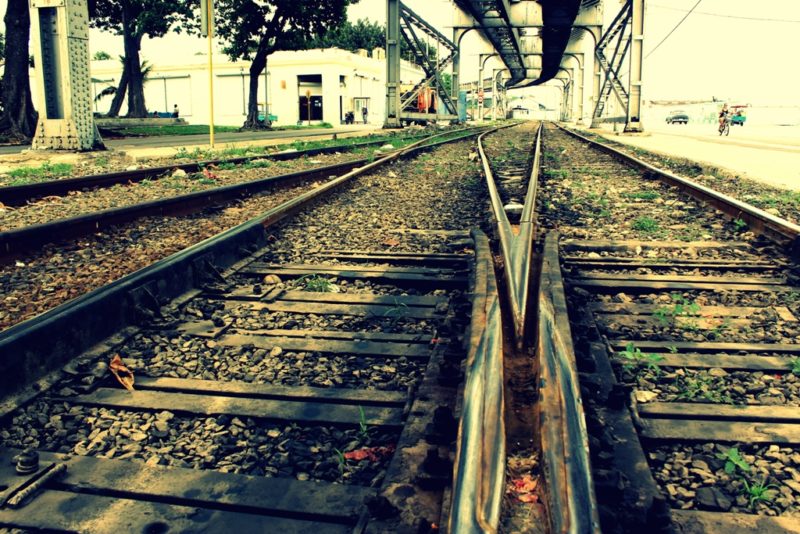A Brilliant Work of Cuban Civil Engineering
The elevated access to the train terminal in Havana

Photo Feature by Ernesto Gonzalez Diaz
HAVANA TIMES – In 1837, Cuba became the first Latin American country to have railways, with the construction and operation of the Havana-Bejucal section. Spain, which was the metropolis of Cuba at that time, would take eleven more years to inaugurate its first section.
Initially it was used for cargo purposes and later to facilitate the mass transportation of passengers from one point to another in the national territory. More than 2,000 workers died in the construction of its first sections, many of them slaves.
Seventy-five years later, in November 1912, the Central Railway Station of Havana was inaugurated, and with it the elevated constructions that give access to the entrance and exit of trains, one of the most important works of Cuban civil engineering.
This work consists of an overpass of more than 1 kilometer in length at a height that varies between 3.2 and 7.3 meters. Consisting of iron frames adjusted with lateral tensors, also made of iron, these elevations allow the passage of trains that depart and arrive to and from the west of Havana, through the upper part of it, and at ground level are built the branches that give access to the courtyards of Cristina and La Coubre.
As a curious fact, on both sides of this work are the oldest and most modern thermoelectric plants in the country. The “Otto Parellada” Power Plant, better known as “Tallapiedra”, and one of the three Turkish floating plants that arrived in the country just months ago and are synchronized to the National Energy System, and which, as can be seen in the photos, bears the slogan “Power of friendship” (The power of friendship) flying the Turkish and Cuban flags.
Unfortunately, the development of the railway in Cuba has not been faithful to its initial tradition and today it is among the least modern in the continent.

The United Nations UNESCO has recognized the phenomenal achievements of the Cuban health care system since its inception in 1959. Within the first year of Fidel Castro’s presidency child malnutrition was totally eliminated, and all levels of education were made available to the entire population. Cuban medical researchers have collaborated with countries around he globe, and were the first to respond directly when the Covid outbreak was reported in China. They have since developed four effective vaccines that they share with many countries who don’t have access to any level of health care.
I am confident in believing that Covid would have wiped out far more marginalized populations without the intercession of Cuban medical teams. I have lived in a farm village in La Oriente, where I came as a stranger and was not only welcomed but accepted and honoured with enduring friendships. The people of Cuba are the most generous and spirited people I have ever lived among. And they can dance “like they ain’t got no bones.”
During my visits to Cuba, from Veradero to Habana to Matanzas to Santiago de Cuba … I have crossed the entire country four times by Viazul bus. Even at night my face was pressed to the window with childlike wonder at what I saw. I was mesmerized by the beauty of the campo, and the inttmate connection that Cuban people have to each other, their land, history — and to The Creator they firmly believe in.
“VIVA CUBA, Mi PARAISO TERRESTRIAL! BUT THEIR Land, FIRST AND FOREMOST! …GRACIAS CUBANOS!
♥️
Every Brilliant work of any field in Cuba was done before 1959 Period